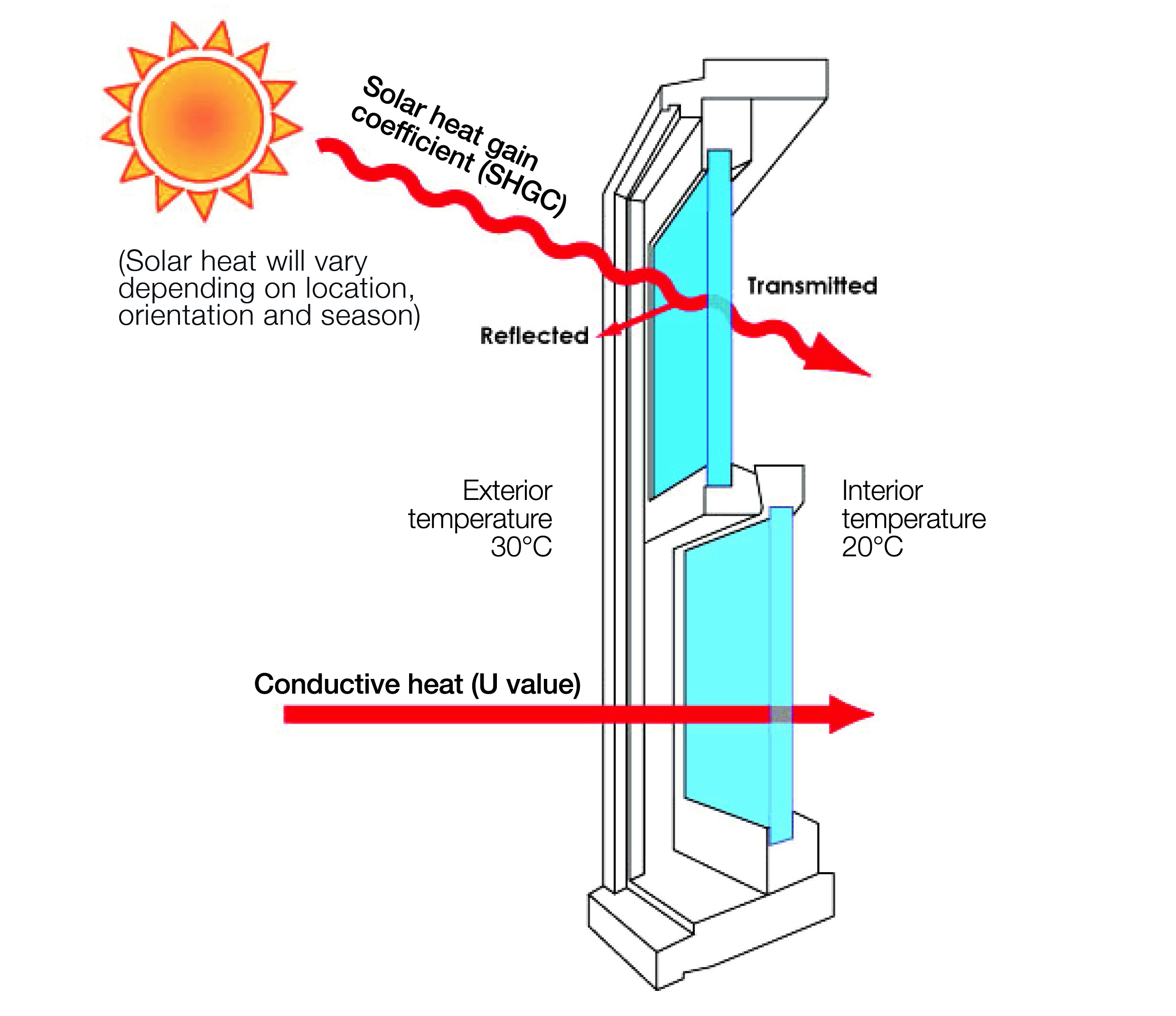All Categories
Featured
Table of Contents
Double Glazing For Warmer Temperature : R/melbourne in Upper Swan Western Australia
Laminated glass is frequently utilized in areas in the house most prone to injury from human impact such as bathrooms, doors, around staircases and in locations near to the flooring (it meets the requirements of 'shatterproof glass' that is mandated for use in these locations by Australian Basic AS 1288 Glass in buildings).
Toughened glass has been 'tempered' by being reheated and quickly cooled once again. This process makes it much more powerful than standard glass it can resist greater impact loads before breaking. It likewise makes it safer because, when it does shatter, it breaks into many small cubic pieces instead of dangerous shards.
4 Benefits Of Double Glazed Windows In The Summer in Mirrabooka WA
Toughened glass has no thermal or acoustic benefits over other glass of the same toning or density. Secondary glazing is where single-glazed windows are retrofitted with a transparent acrylic or glass sheet attached to the within the frame or openable sash with a secondary frame or with magnetic strips.


Secondary glazing will not carry out as well thermally as a made IGU, given that it is difficult to totally seal the border, however it can provide excellent noise control. Window films are a thin polymer movie containing a taking in dye or reflective metal layer, with an adhesive support. They stay with your glazing to alter its colour or make it reflective.
Double Glazed Windows – Their Amazing Benefits For ... in Wattle Grove Western Australia
Applied to existing glass, some window films can cut in half the total SHGC of the window by soaking up and/or reflecting solar radiation. This can be particularly advantageous in hotter climates where cooling is the main issue, or on east and west elevations straight exposed to extended periods of sunshine. Window movies might also minimize visible light transmittance.

For this reason, it is typically best to utilize an accredited installer of window movie. Frames have a considerable effect on the thermal efficiency of windows and doors, since energy can be gained and lost through the frame, in addition to through the glass. Different types of frame will enable different levels of heat gain and loss, so cautious choice of frame is very important for effective passive design.
Brisbane's Best Double Glazed Windows in Karawara Western Australia
Nevertheless, aluminium is likewise a great conductor of heat and will reduce the insulating worth of a glazing system, unless specifically crafted to reduce this. A 'thermally broken' frame is made up of 2 aluminium areas linked by a structural insulator (usually a low-conductivity structural polymer). This 'breaks' the thermal connection through the aluminium and minimizes the heat flowing through the frame.
Wood frames are an excellent natural insulator that can fit some house designs. Wood frames should be made from species that have naturally high toughness or be treated to prevent decay and contortion.
What Is Double Glazing Windows And Doors? in Mosman Park WA
This can result in gaps that enable air seepage unless excellent draught sealing (weather condition removing) is installed. u, PVC is a type of plastic (unplasticised polyvinyl chloride, also called stiff PVC). u, PVC frames provide outstanding thermal efficiency, typically much better than timber or thermally damaged aluminium. u, PVC is long lasting and needs very little maintenance, and can be moulded into intricate profiles that provide exceptional air seals.
u, PVC doors and windows have excellent thermal performance Image: Ben Wrigley (Light Home Architecture and Science) Composite frames utilize aluminium profiles on the external sections with either a lumber or u, PVC inner section. These integrate the low upkeep and durability of aluminium with much enhanced thermal efficiency.
Table of Contents
Latest Posts
How Much Money Does Double New Glazing Save? in Piesse Brook Western Australia
Does Double Glazing Reduce Heat In Summer Uk? in Hocking Western Australia
Summer House Windows Online - Windows24.com in WA
More
Latest Posts
How Much Money Does Double New Glazing Save? in Piesse Brook Western Australia
Does Double Glazing Reduce Heat In Summer Uk? in Hocking Western Australia
Summer House Windows Online - Windows24.com in WA